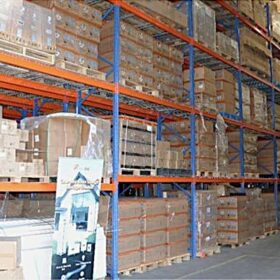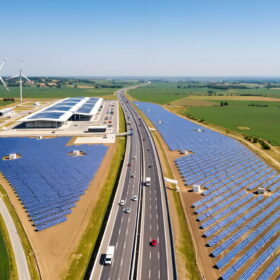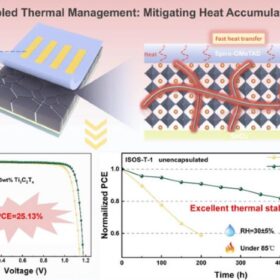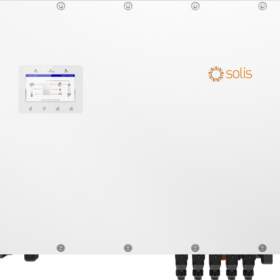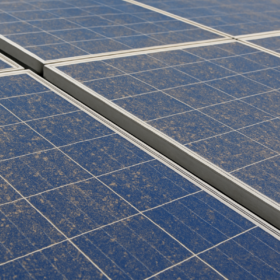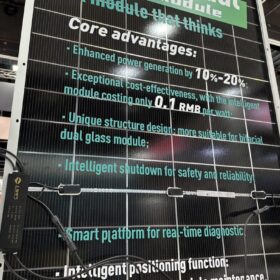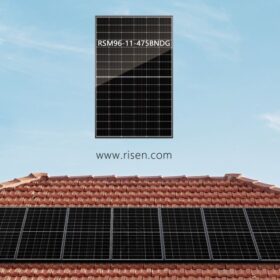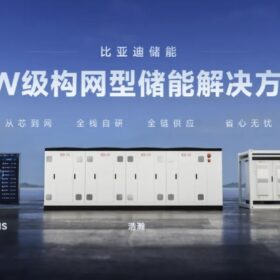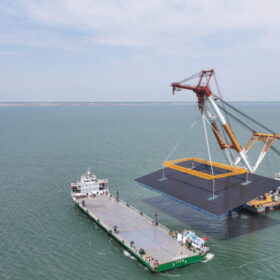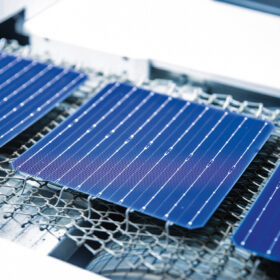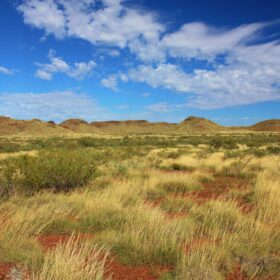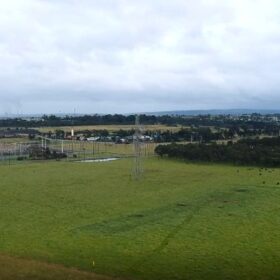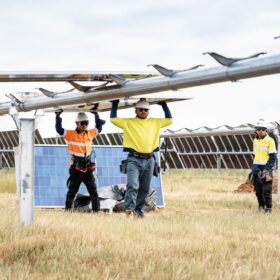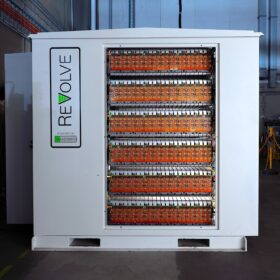Energy solutions manufacturer Felicitysolar opens Sydney warehouse
Chinese off-grid and hybrid solar energy storage solutions manufacturer Felicitysolar has established an office and warehouse in Sydney, New South Wales, stocked with its comprehensive range of residential and commercial products.
China expands highway solar as provinces race to decarbonise transport
China is rapidly installing PV along highways, combining slopes, tunnels, and service areas to generate renewable electricity and cut transport-sector emissions.
Perovksite solar cell based on MXene achieves 25.13% efficiency
A Chinese research group claims to have achieved remarkable efficiency and stability in a solar cell based on a perovskite absorber incorporating MXene, a novel type of 2D material known for its excellent conductivity, chemical stability, and thermal resilience. The device reportedly retained 80% of its initial efficiency after 500 hours.
Solis unveils 75–125 kW hybrid inverter for C&I solar
The Chinese manufacturer said its new inverters can deliver 160% overload for 200 ms in off-grid mode, ensuring stable startup of heavy loads. The IP66-rated products feature a maximum efficiency of 97.6% and a European efficiency of 97.2%.
Researchers present inverter-based dust monitoring method for rooftop solar
Researchers in China have developed a dust monitoring technique that relies solely on the existing hardware resources of inverters, without requiring extra sensors or meteorological data. Tests on existing rooftop PV arrays demonstrated an accuracy exceeding 96%.
Solar module prices to rise 9% in Q4, says Wood Mackenzie
Wood Mackenzie says module prices will climb as China ends export rebates and consolidates polysilicon production.
Risen presents 475 W TOPCon solar panel with 23.8% efficiency
Chinese solar module maker Risen Energy has introduced a 475 W bifacial solar module with a power conversion efficiency of 23.8% to the Australian market, targeting the rooftop market.
BYD unveils 14.5 MWh storage system, world’s largest yet
China’s EV giant has unveiled the 14.5 MWh DC “Haohan” single-unit DC block with record-breaking capacity to challenge next-generation energy storage market.
China advances 1.8 GW offshore PV project as part of wider solar strategy
A state-led 1.8 GW offshore PV project being built in waters off China’s northeast coast is set to become a model for large-scale marine solar development, with completion targeted by mid-2026.
JinkoSolar, Longi settle global patent dispute with cross-licensing deal
China’s two largest solar manufacturers have ended a protracted global patent battle, agreeing to cross-license core technologies in a move that could reshape the industry’s innovation landscape
